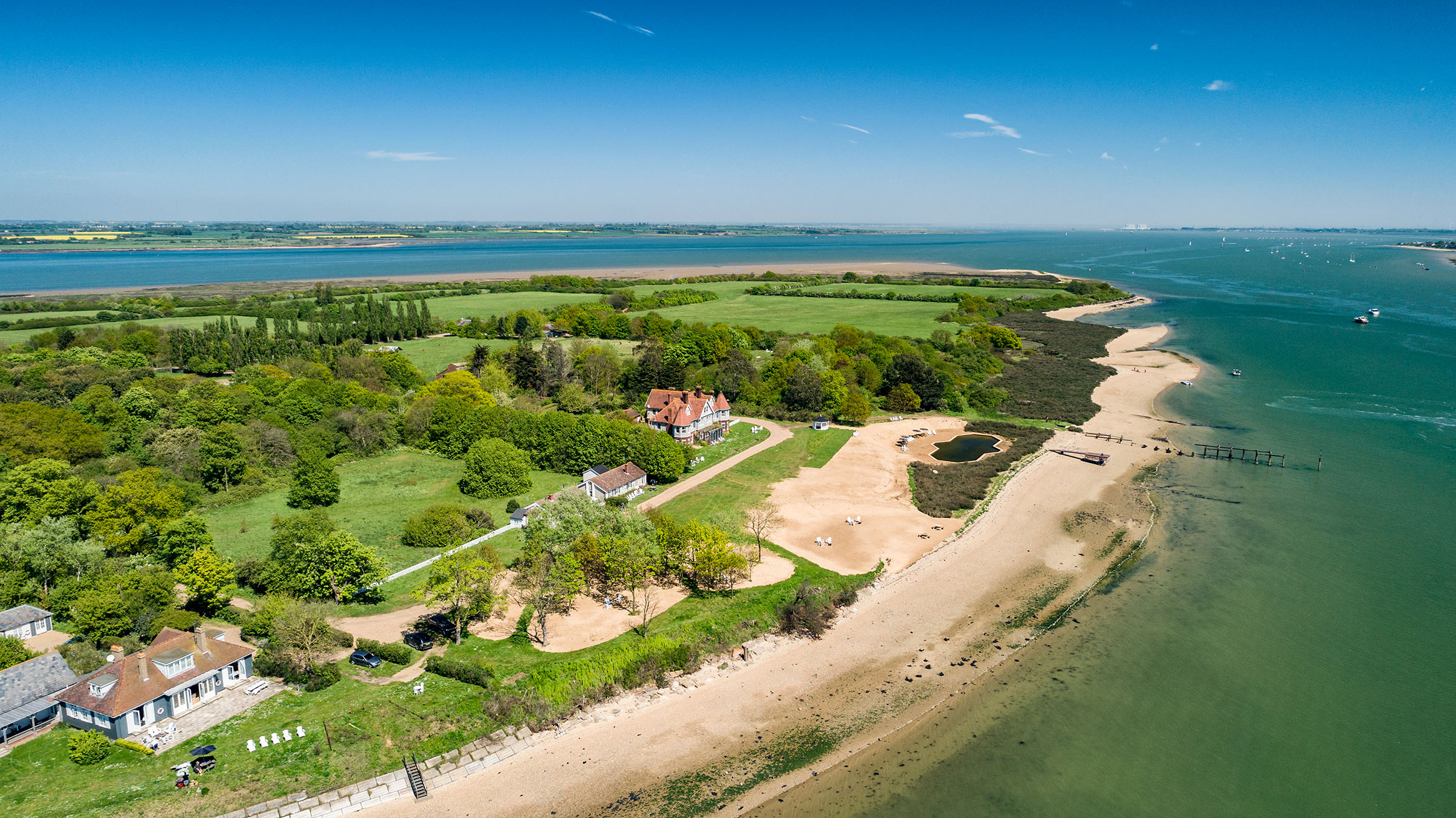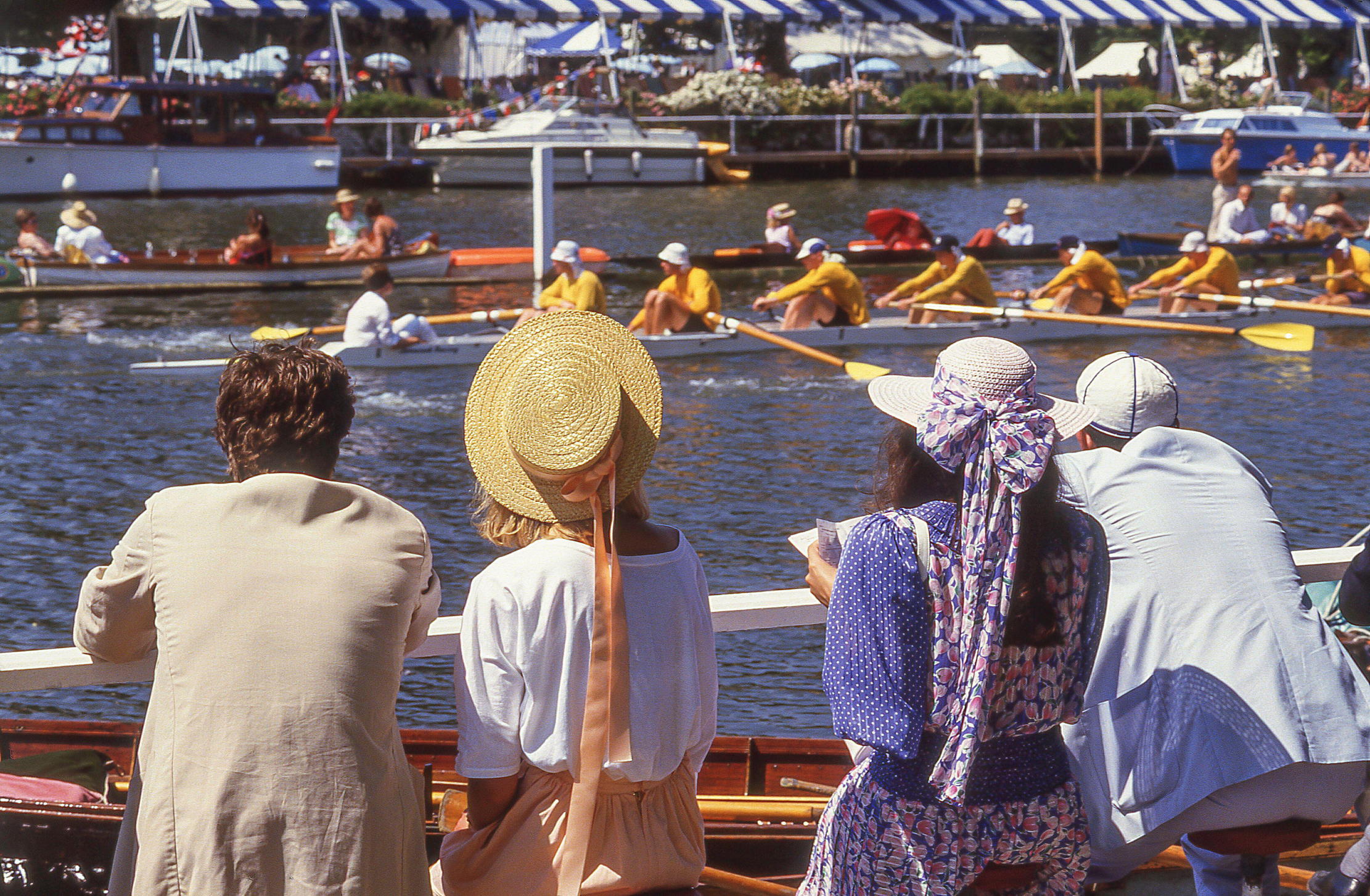Book Review: Another Life
Robin Hanbury-Tenison salutes Sara MacDonald whose meticulously researched tale set in Cornwall, past and present, grips from start to finish


Harold Falkner is the sort of architect who only now is creeping out of the shadows as 20th-century architecture is re-examined not just through the prism of an imposed Modernist narrative but with an eye for what actually happened. Like the distinguished Yorkshire architect Francis Johnson, Falkner was a survival from an earlier era, an architect who refused to compromise his ideals to boost his career and continued to work in a traditional idiom until his death in 1963.
Where Johnson was able to maintain the Classical flame during the dark days of the 1960s and 1970s thanks to his country-house practice, Falkner's private income meant he never had to rely on clients and so bow to fashion. But according to Sara MacDonald it was Falkner's modest wealth, assisted by the fact that he never married, which eroded the drive that could have made him a great architect.
Mr Osmond compares Falkner with his slightly older contemporary, Edwin Lutyens, another Surrey Arts and Crafts architect patronised by Gertrude Jekyll. But where Lutyens had an irrepressible drive to succeed, Falkner was happy to remain a local architect. The majority of his work is in or round his native Farnham in Surrey. It is this clear sense of geographical identity, again paralleled by Johnson in Yorkshire, that makes Falkner so satisfying.
Like many of his generation, Falkner began as an Arts and Crafts architect, benefiting from that happy Edwardian boom in smaller country houses. With time he followed the trend towards the neo-Georgian, most evidently in Farnham itself, to Sir Nikolaus Pevsner's intense irritation, but to the great benefit of that wonderfully unspoilt town.
Not that Falkner ever forgot his Arts and Crafts roots. As he grew older and more eccentric, he took to building a series of houses out of barns at Dippenhall on the edge of Farnham, clashing repeatedly with the local building inspector as he did so. At the time they seemed bizarre throw-backs. Now they can be placed in a continuing English Romantic tradition. Mr Osmond's book, beautifully illustrated with Falkner's own drawings and engravings, is a fitting tribute to an architect who deserves to be remembered beyond Farnham.
Sign up for the Country Life Newsletter
Exquisite houses, the beauty of Nature, and how to get the most from your life, straight to your inbox.
Country Life is unlike any other magazine: the only glossy weekly on the newsstand and the only magazine that has been guest-edited by HRH The King not once, but twice. It is a celebration of modern rural life and all its diverse joys and pleasures — that was first published in Queen Victoria's Diamond Jubilee year. Our eclectic mixture of witty and informative content — from the most up-to-date property news and commentary and a coveted glimpse inside some of the UK's best houses and gardens, to gardening, the arts and interior design, written by experts in their field — still cannot be found in print or online, anywhere else.
-
 380 acres and 90 bedrooms on the £25m private island being sold by one of Britain's top music producers
380 acres and 90 bedrooms on the £25m private island being sold by one of Britain's top music producersStormzy, Rihanna and the Rolling Stones are just a part of the story at Osea Island, a dot on the map in the seas off Essex.
By Lotte Brundle
-
 'A delicious chance to step back in time and bask in the best of Britain': An insider's guide to The Season
'A delicious chance to step back in time and bask in the best of Britain': An insider's guide to The SeasonHere's how to navigate this summer's top events in style, from those who know best.
By Madeleine Silver